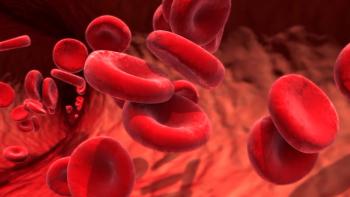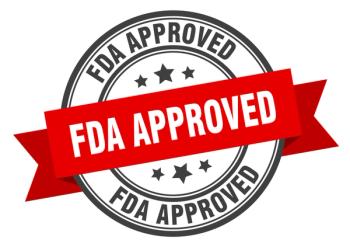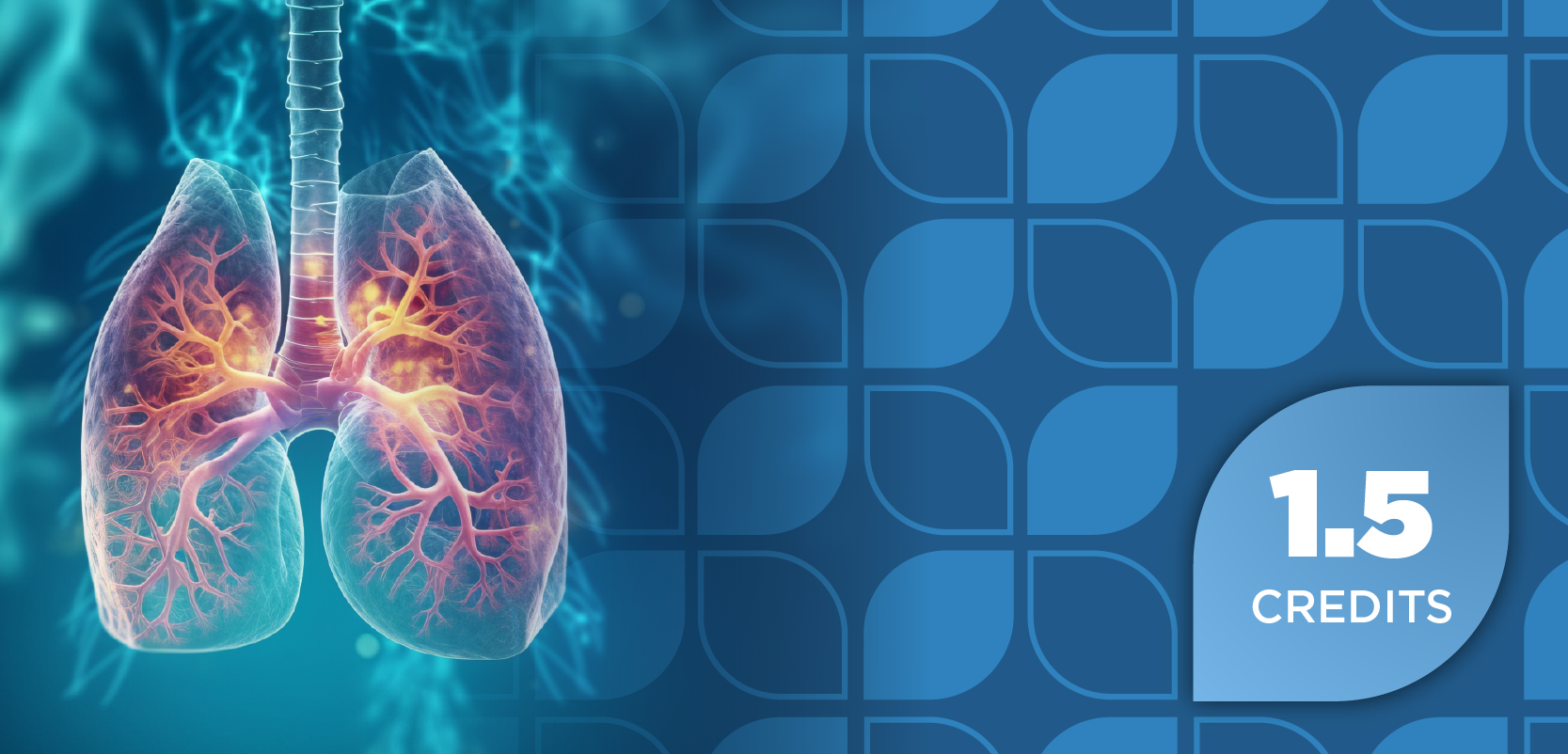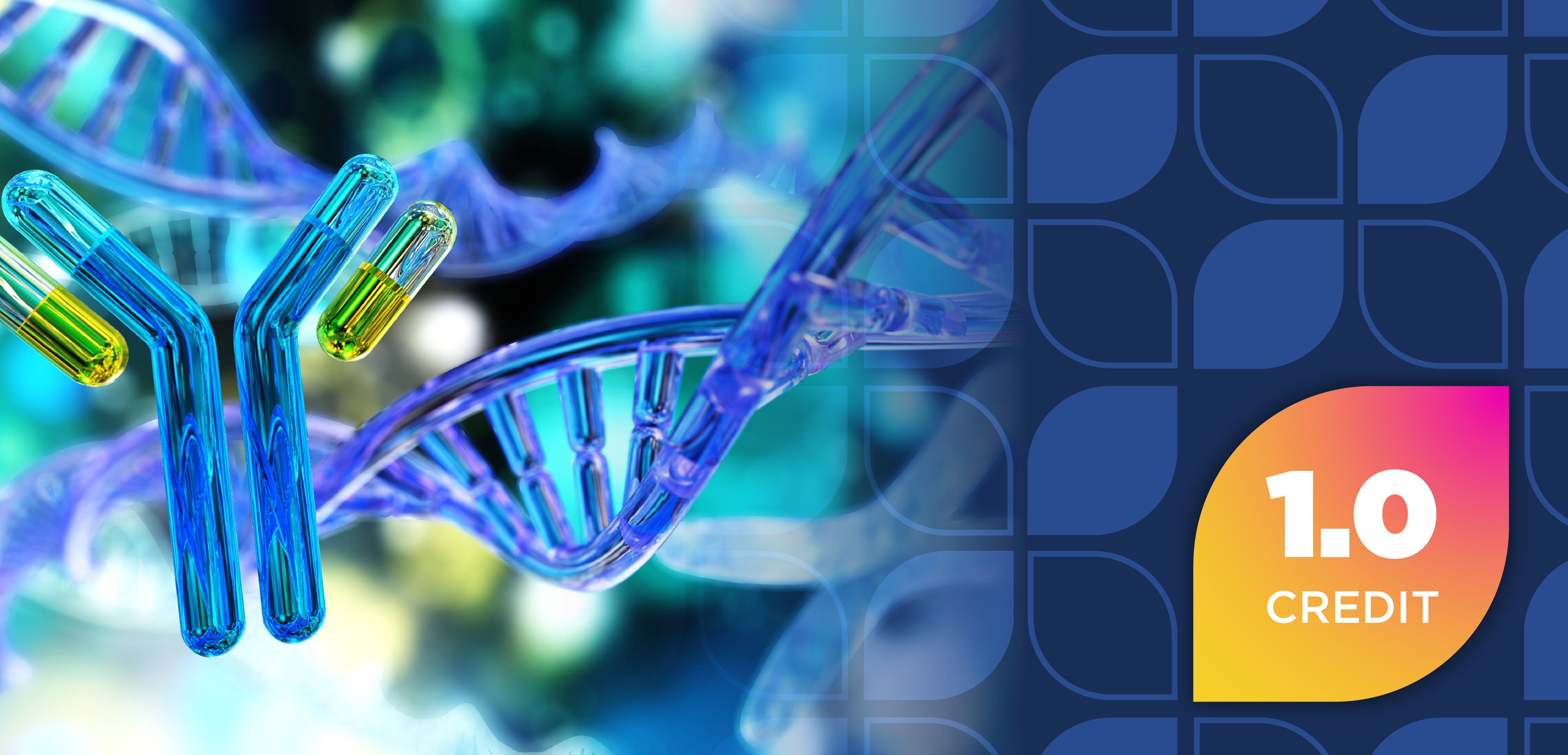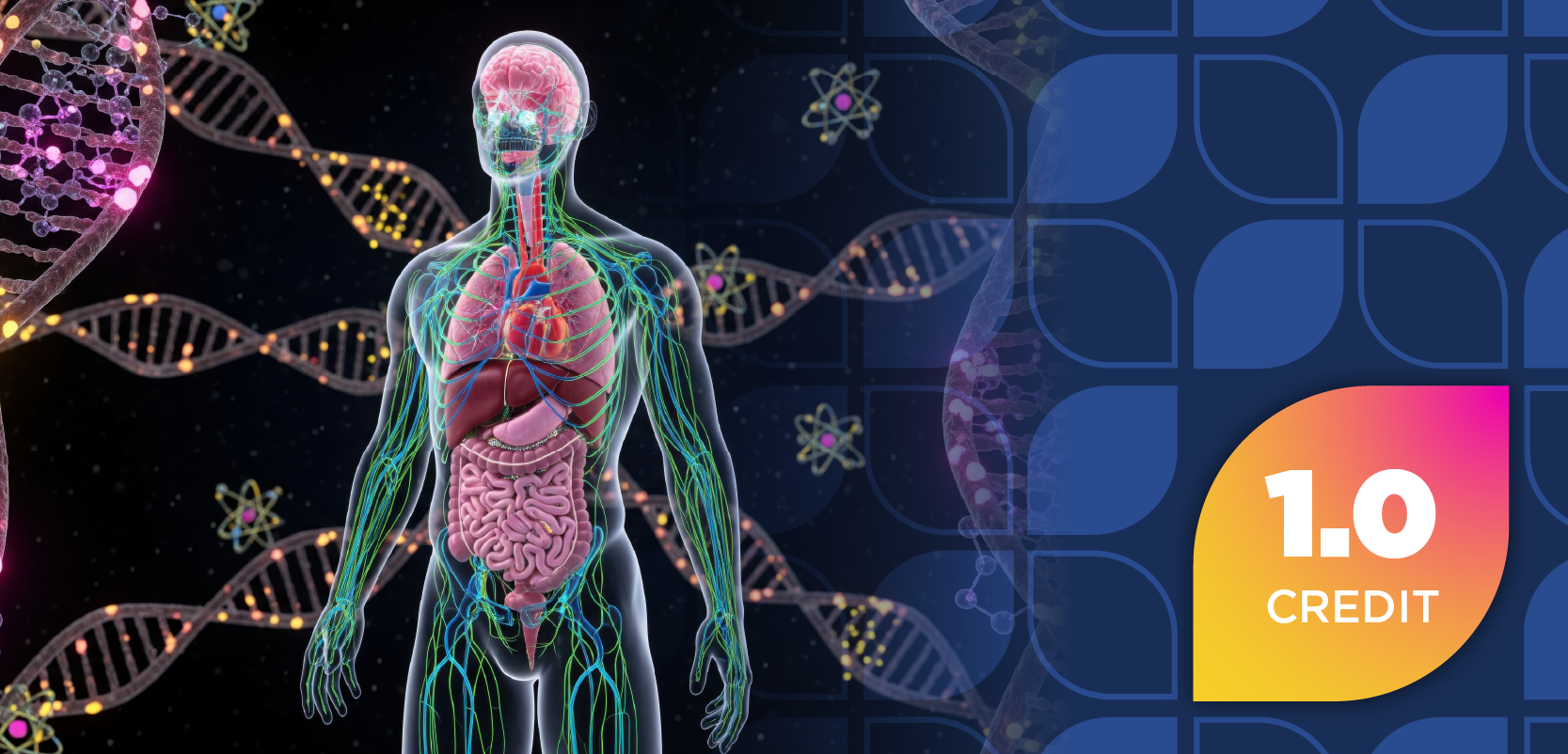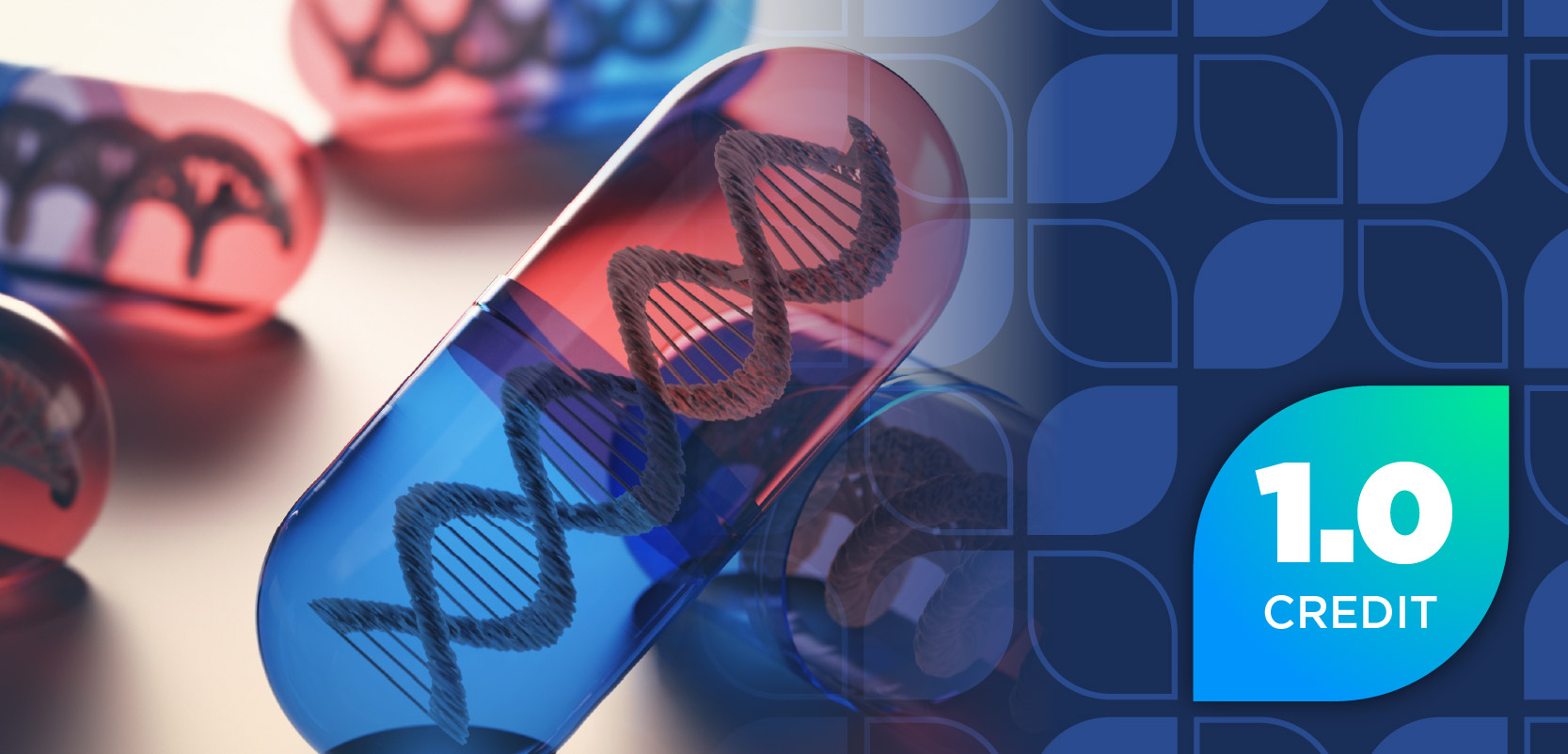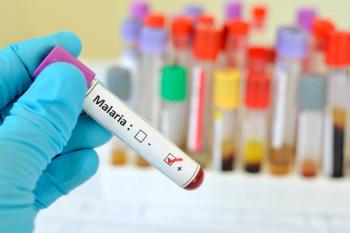
Blood Pressure Control 101
Understanding the mechanism of action helps pharmacists explain the basics of blood pressure control to patients.
Understanding how medications work is paramount to the pharmacy profession. Besides, how can pharmacists effectively counsel patients on what will happen when they take their medication if we don’t know its mechanism?
While pondering this, the renin-angiotensin-aldosterone system immediately comes to mind. It’s an amazing hormone system in the body that helps regulate fluid balance and blood pressure (BP). Even more impressive, it performs this function around the clock while we focus on other seemingly important issues.
When the body recognizes BP is low, the kidneys release a substance called renin. The renin is then circulated through the bloodstream and interacts with another substance called angiotensinogen, which comes from the liver. This interaction forms a substance called angiotensin.
Next, a substance called angiotensin-converting enzyme (ACE) interacts with angiotensin, which in turn forms a substance called angiotensin II. This substance works directly on blood vessels, causing them to constrict and increase BP. It also stimulates the production of aldosterone from the adrenal cortex.
Aldosterone works on the kidneys to decrease the amount of sodium lost in urine. This increases the amount of sodium circulating in the bloodstream, which in turn increases the volume of blood and, ultimately, BP.
In a healthy individual, this system works well to maintain adequate BP. In an individual with slightly elevated BP, however, an increase in angiotensin II only aggravates the situation by raising BP above what’s considered normal.
ACE inhibitors block the conversion of angiotensin to angiotensin II. This limits the production of angiotensin II, thereby helping to relax blood vessels.
Meanwhile, angiotensin II receptor blockers work directly on blood vessels, keeping them relaxed while blocking the effects of angiotensin II.
Breaking this down step by step makes a complex system very simple to understand. Of course, I wouldn’t share this level of information with a patient at the pharmacy counter, but understanding the mechanism of this particular hormone system helps me explain the basics of BP control to patients.
Newsletter
Stay informed on drug updates, treatment guidelines, and pharmacy practice trends—subscribe to Pharmacy Times for weekly clinical insights.



